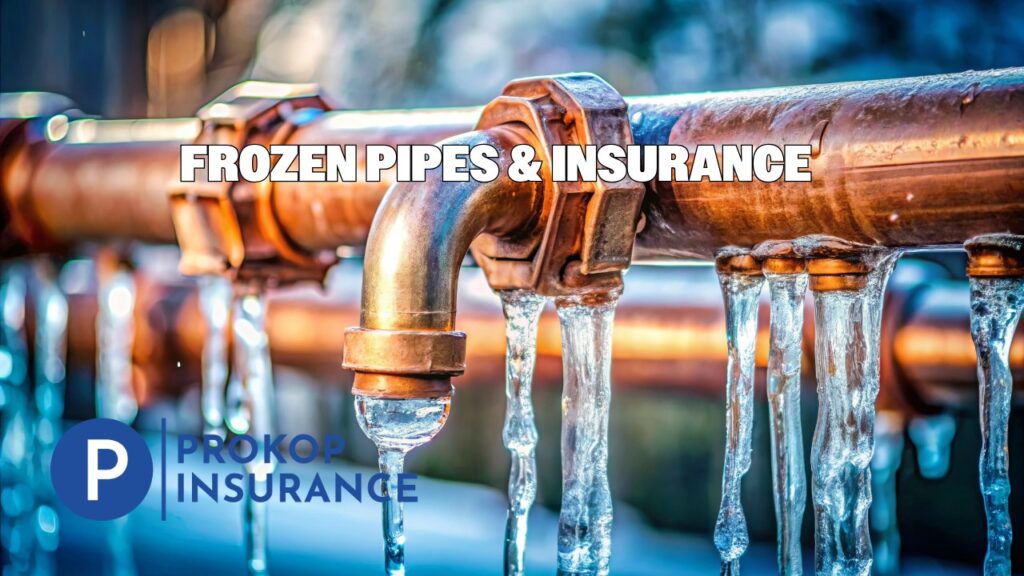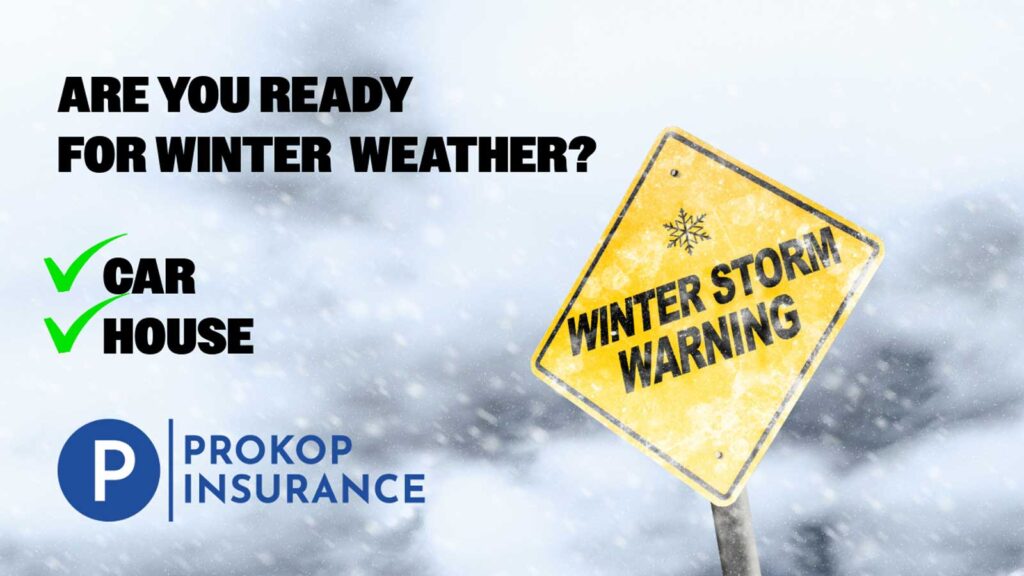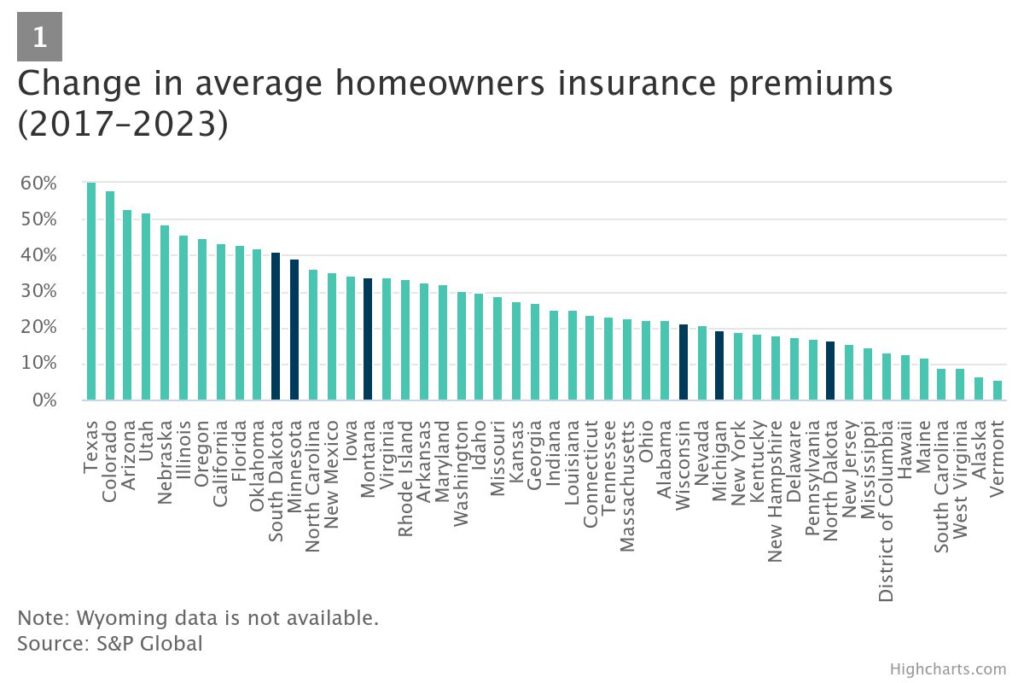
We just heard Minnesota is about to get a whole lot more exotic. With the recent announcement of Lamborghini Wayzata, the Land of 10,000 Lakes is set to become a haven for high-performance automobiles. But as the number of supercars on our roads increases, a crucial question arises: How much does it cost to insure a Lamborghini, Ferrari, McLaren, or other exotic vehicle?
The High Cost of Insuring a Supercar
Unfortunately, most standard insurance companies, like Progressive, have limitations on the value of vehicles they can insure. Many won’t cover cars exceeding $150,000. This means that if you’re the proud owner of a Bugatti, Ferrari, or other high-end vehicle, you’ll need to seek specialized insurance coverage.
Estimated Cost to Insure a $500,000 Lamborghini Aventador:
The cost to insure a $500,000 Lamborghini Aventador can vary widely depending on several factors, including your driving history, location, and the specific coverage you choose. However you can expect to pay anywhere from $5,000 to $10,000 or more per year to insure a Lamborghini Aventador. This estimate is based on average rates for high-value vehicles, but your actual cost may vary.
Prokop Insurance: Your Exotic Car Insurance Experts
At Prokop Insurance, we understand the unique needs of exotic car owners. We have access to specialized insurance providers like Hagerty and Chubb, who offer comprehensive coverage for high-value vehicles. These policies typically include:
- Agreed Value Coverage: This ensures you receive the full agreed-upon value of your car in case of a total loss.
- Specialized Claims Adjusters: These adjusters understand the intricacies of exotic cars and can expedite the claims process.
- Enhanced Roadside Assistance: Get premium roadside assistance, including towing and transportation services tailored to your vehicle.
Contact Us for a Free Quote
If you’re a proud owner of a supercar or are considering purchasing one, contact Prokop Insurance today for a free quote. We’ll work with you to find the best coverage to protect your investment.
Don’t let the cost of insurance deter you from owning your dream car. With the right insurance partner, you can enjoy the thrill of driving an exotic vehicle with peace of mind.
It’s important to note that this is just an estimate, and the actual cost may be higher or lower. To get an accurate quote, contact Prokop Insurance today.



